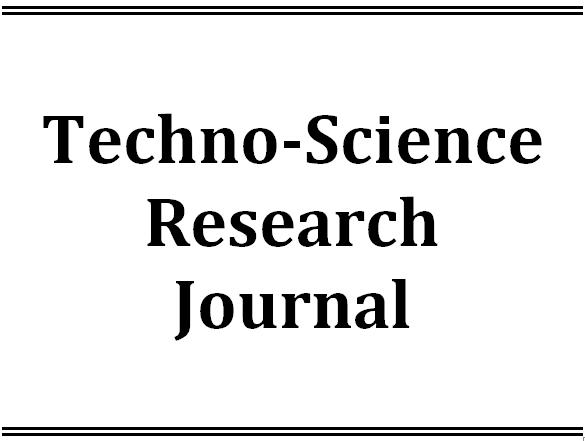Latest Issue
Empowering Education with Online Khmer Handwritten Text Recognition for Teaching and Learning Assistance
Published: August 30,2025Undergraduate Student Dropout Prediction with Class Balancing Techniques
Published: August 30,2025Status of Seawater Quality at Koh Rong Island, Sihanoukville, Cambodia
Published: August 30,2025Low-Complexity Detection of Primary Synchronization Signal for 5G New Radio Terrestrial Cellular System
Published: August 30,2025Word Spotting on Khmer Printed Documents
Published: August 30,2025Tuning Hyperparameters Learning Rate and Gamma in Gym Environment Inverted Pendulum
Published: August 30,2025Examining Passenger Loyalty in Phnom Penh Public Bus System: A Structural Equation Modelling Approach
Published: August 30,2025Prediction on Load model for future load profile of Electric Vehicle charging demand in Phnom Penh
Published: August 30,2025Economic Study on Integrating PV-DG with Grid-Tie: Case Study in Cambodia
Published: August 30,2025Assessment of Geostatistical Interpolation Method for Spatial Soil Mapping in Imba-Numa watershed, Japan
-
1. Department of Rural Engineering, Institute of Technology of Cambodia, Russian Ferderation Blvd., P.O. Box 86, Phnom Penh, Cambodia.
Academic Editor:
Received: June 01,2014 / Revised: / Accepted: June 08,2014 / Available online: June 27,2014
Spatial distribution of soil data is a current issue with which most of areas are being faced. Imba-Numa watershed, Japan, is also one among those areas which lack of spatial data of soil parameters. This study aims to generate spatially distribution of soil properties which consist of soil particles, total carbon, total nitrogen and Bulk density in Imba-Numa watershed. Three geostatistical interpolation methods: Ordinary Kriging (OK), Universal Kriging (UK), and Inverse Distance Weighting (IDW), were applied to interpolate soil properties into spatially continuous data. To evaluate the performance of methods to obtain the best method which has the minimum error, Root Mean Square Error (RMSE), Mean Absolute Error (MAE), and Mean Error Percentage (MEPE) were used. Cross Validation comparison was also used to compare and validate method. The results show that Universal Kriging with Hole-effect Model is the best method to interpolate soil parameters (except Bulk density) in Imba-Numa watershed. Due to limitation of available data, the interpolated maps could not perfectly provide the satisfactory map and consists of error, but it is still acceptable.

